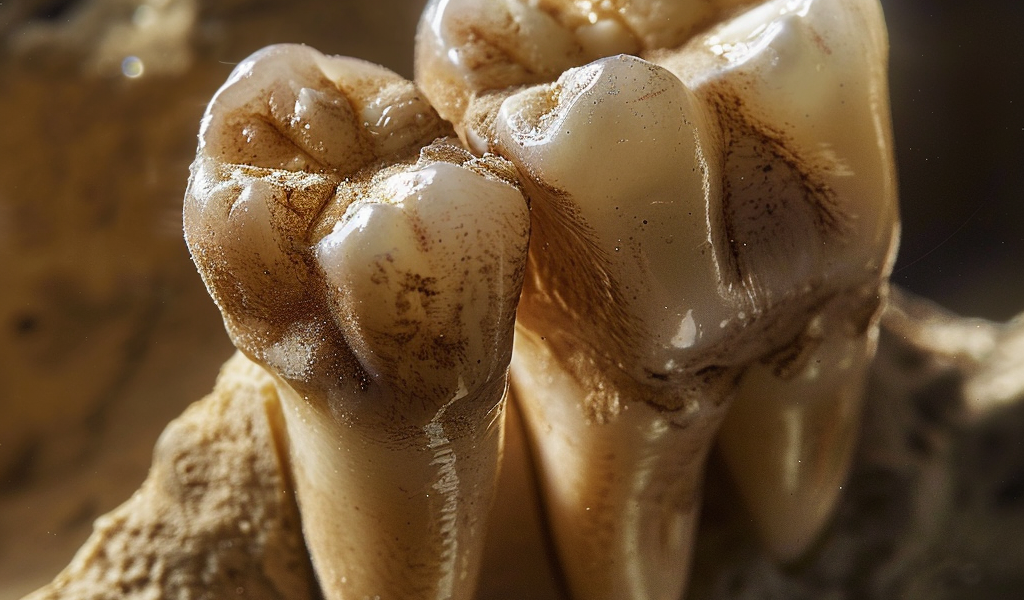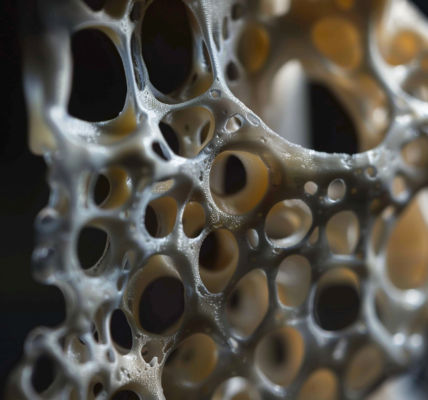Two teeth from a man who lived approximately 4,000 years ago have been discovered to have an abundance of bacteria that primarily cause tooth decay and gum disease. The rare find could help scientists further understand how changes in the human diet have led to the prevalence of cavities today.
Uncovered during two excavations from 1993 and 1996, the teeth were among several human teeth and other remains found within a limestone cave in County Limerick in Ireland. The two molars sampled, dating between 2280 and 2140 BC, were both from the same person who lived during the Bronze Age, according to the paper published Wednesday in the journal Molecular Biology and Evolution.
One tooth had a surprising abundance of Streptococcus mutans (S. mutans), an oral bacteria that causes cavities. The bacteria is rare in the ancient genomic record, likely because it does not preserve well due to its acid-producing nature that causes decay and DNA degradation within teeth, said Lara Cassidy, senior author of the paper and an assistant professor in the department of genetics at Trinity College Dublin.
Researchers also believe the bacteria is not as commonly found within ancient teeth because the human diet included less refined sugar and fewer processed foods than are consumed today, Cassidy said. A significant dietary shift was seen with the start of agriculture around 10,000 years ago, but the past few hundreds of years have seen major changes with the popularization of sugar, she added.
It is unclear why the bacteria on the newly discovered tooth were extremely well preserved, but Cassidy said the cool and dry conditions of the cave were likely factors.
While cavities have been observed on other ancient teeth finds, S. mutans has only been discovered in very low amounts in a handful of remains, such as an older, Neolithic tooth from southwestern France (dating between 3400 and 2900 BC) or a chewed pitch from the Scandinavian Mesolithic (dating between 9890 and 9540 BC). Observations of cavities from other ancient teeth become more frequent following the adoption of cereal agriculture, the farming of grains such as wheat and barley, according to the paper.





